Starlink: The Good, The Bad, and The Ugly
The internet landscape has evolved dramatically over the last decade, with one particularly notable game-changer: Starlink. Developed by SpaceX, Starlink represents a new wave of internet connectivity, beaming broadband from a constellation of low Earth orbit (LEO) satellites to users across the globe. This ambitious network aims to bridge the digital divide, particularly in undeserved, remote areas and at sea. Let’s dive into Starlink’s origins, what it offers, where it falters, and how it measures up against more traditional solutions like Australia’s NBN and 4G/5G networks.
A Brief History of Starlink
SpaceX founder Elon Musk announced the Starlink initiative in 2015, with a mission to offer reliable, high-speed internet to areas where terrestrial options fall short. By deploying satellites in low Earth orbit, the goal was to overcome latency and connectivity issues common in traditional satellite internet. In May 2019, SpaceX launched its first batch of Starlink satellites, and as of now, the constellation has expanded to over 3,500 active satellites, with the network providing service across North America, Europe, Australia, and parts of Asia and Africa.
Starlink’s continued growth has been pivotal for rural and remote communities worldwide, finally granting access to modern internet speeds that were once only available in urban areas. However, with this cutting-edge technology come some growing pains.
The Good: What Starlink Does Well
- Global Reach and Accessibility
Starlink shines brightest where internet options are scarce or unreliable. For communities in rural or isolated regions, it’s often the only viable way to access high-speed internet. This has been especially beneficial for users in Australia’s vast outback, where the NBN’s reach can be limited and cellular data expensive. - High Speeds
Compared to traditional satellite internet, Starlink is impressively fast. Download speeds typically range from 50-150 Mbps, with reports of users achieving even higher in optimal conditions. This makes it a solid choice for streaming, gaming, and other bandwidth-heavy activities. - Simple Setup
With the Starlink Kit (a dish and modem), users can set up their connection independently. The dish auto-aligns with the satellites above, making installation straightforward. This ease of use has been a game-changer for those outside the reach of service technicians. - Constant Innovation
SpaceX is known for rapid development, and Starlink is no exception. The company continues to launch satellites and upgrade its infrastructure, with the hope of eventually reaching speeds that could compete with fiber connections.
The Bad: The Drawbacks of Starlink
- Cost
Starlink comes with a significant upfront cost—currently around AUD 700 for the hardware and AUD 139 per month for service. While these costs are reasonable for some rural users accustomed to costly satellite solutions, they’re still a barrier for many. - Service Variability
While Starlink aims to provide high-speed internet everywhere, real-world results can vary. Speeds are often slower than advertised in congested areas due to network demand. Additionally, weather, physical obstructions, and occasional maintenance can interrupt service, with some users experiencing slower-than-expected speeds during peak times. - Data Caps
While initially launched with no data caps, some Starlink users have started seeing limitations based on local network congestion. This isn’t necessarily a dealbreaker, but it’s something to watch as more users join the network and the company manages data loads. - Not Yet Truly Mobile
While Starlink for RVs and portable setups are available, they are region-locked and not suitable for moving vehicles or boats, despite promising potential. This limits the full flexibility that satellite internet could theoretically provide.
The Ugly: Common Issues and User Frustrations
- Interference from Trees and Buildings
Unlike terrestrial internet, Starlink’s signals rely on a clear line of sight to the sky. Trees, buildings, and other obstructions can block or weaken signals, frustrating users in forested or urban areas. Though software updates are gradually improving this, users may still need to clear a direct view to the sky for optimal performance. - Weather Impacts
Rain, snow, or even heavy cloud cover can impact Starlink’s performance. Though the dish has heating capabilities to prevent snow accumulation, heavy rainfall can lead to brief drops in speed or connectivity. This weather sensitivity, combined with potential interference from nearby objects, has been one of the major user concerns. - Customer Support
Being an early-stage product, Starlink’s customer support has been noted for its long response times and limited resources. Many users rely on online communities for troubleshooting and advice, which can be challenging for those who prefer direct, professional assistance.
Starlink vs. NBN and 4G/5G Connections
Comparing Starlink to Australia’s National Broadband Network (NBN) and 4G/5G mobile networks brings out some interesting trade-offs:
- Speed:
NBN offers stable speeds in urban areas, particularly with fiber connections, often outpacing Starlink in reliability. Starlink speeds can compete with 4G and sometimes even 5G, though both mobile networks usually have the upper hand in heavily populated areas with strong cellular signals. - Latency:
For applications like video conferencing or online gaming, Starlink’s latency (typically 20-50ms) is much better than traditional satellites, though it still lags behind fiber and 5G networks, especially in congested areas. - Cost and Availability:
NBN’s fixed plans are often cheaper than Starlink but are limited by infrastructure, particularly in rural zones. Mobile networks provide flexibility, but data costs can be prohibitive. Starlink’s one-size-fits-all pricing model makes it attractive for rural users but less competitive in cities with NBN or 5G options. - Mobility:
Starlink’s portability is currently limited to RVs and static locations, while 4G/5G provides true mobility across regions. However, Starlink’s constant updates suggest full mobility might eventually be feasible.
Final Thoughts: Is Starlink Right for You?
For Australians in remote locations, Starlink is a welcome innovation, breaking through previous internet limitations. However, potential users should weigh the upfront costs, service variability, and the impact of natural elements. Urban users may find more consistent options through NBN or 5G, though Starlink’s freedom from physical infrastructure holds unique appeal for those on the move, far from cities, and even out at sea.
In recent years, Starlink has also gained popularity among RV users and boaters looking for reliable internet while out on the water or in the remote outback. Offering a connection independent of terrestrial infrastructure, Starlink is ideal for staying connected when venturing out of the urban city areas.
Ready to Set Up or Troubleshoot Your Starlink? We Can Help!
Our expert technicians can assist with Starlink troubleshooting and setup for your home, business, or even on your RV or boat. We specialize in optimizing Starlink installations and designing custom Wi-Fi mesh networks to ensure seamless, extended coverage wherever you need it. Call 1300 723 628 today to maximize your Starlink investment and stay connected, on land or sea!
To sign up for star link use this link -> Starlink Homepage
Stay connected and stay informed with The Original PC Doctor.
Let us know your experience with Starlink and your thoughts in the comments below.
—
Content Created on 37/10/2024 by
John Pititto
Managing Director
The Original PC Doctor




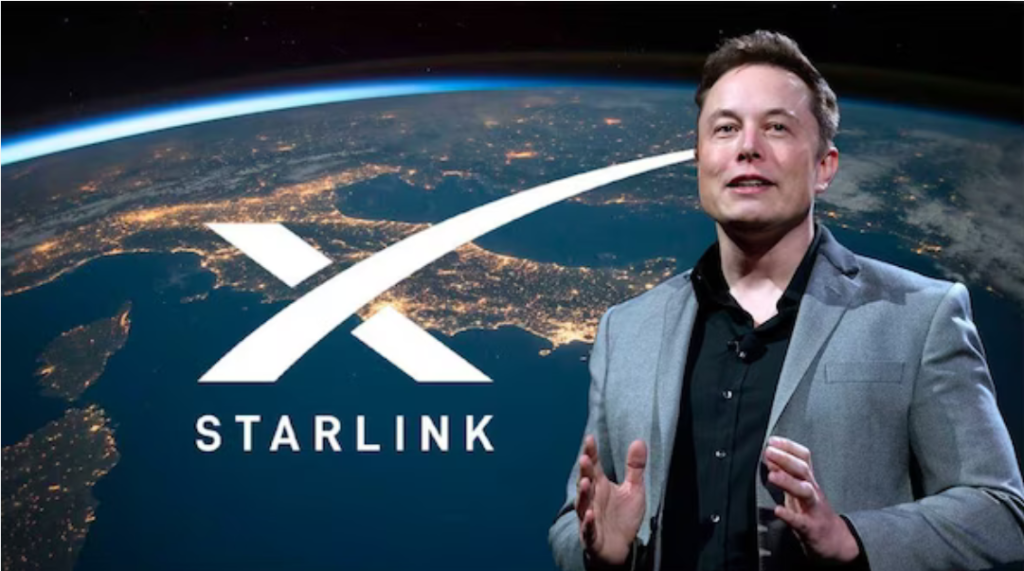





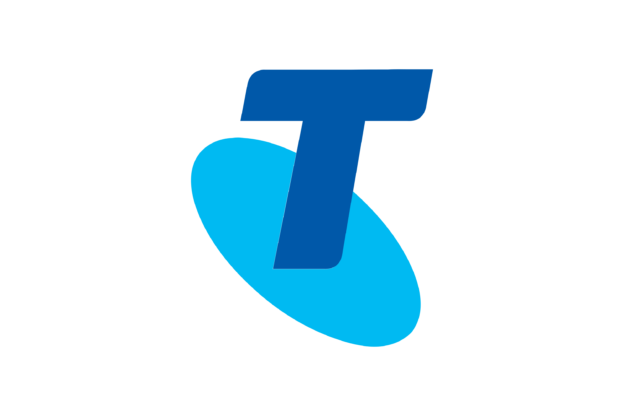
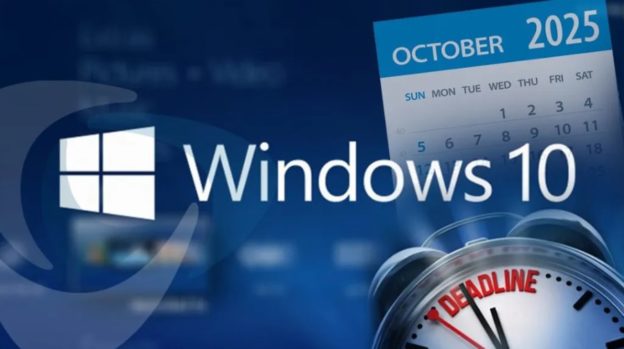















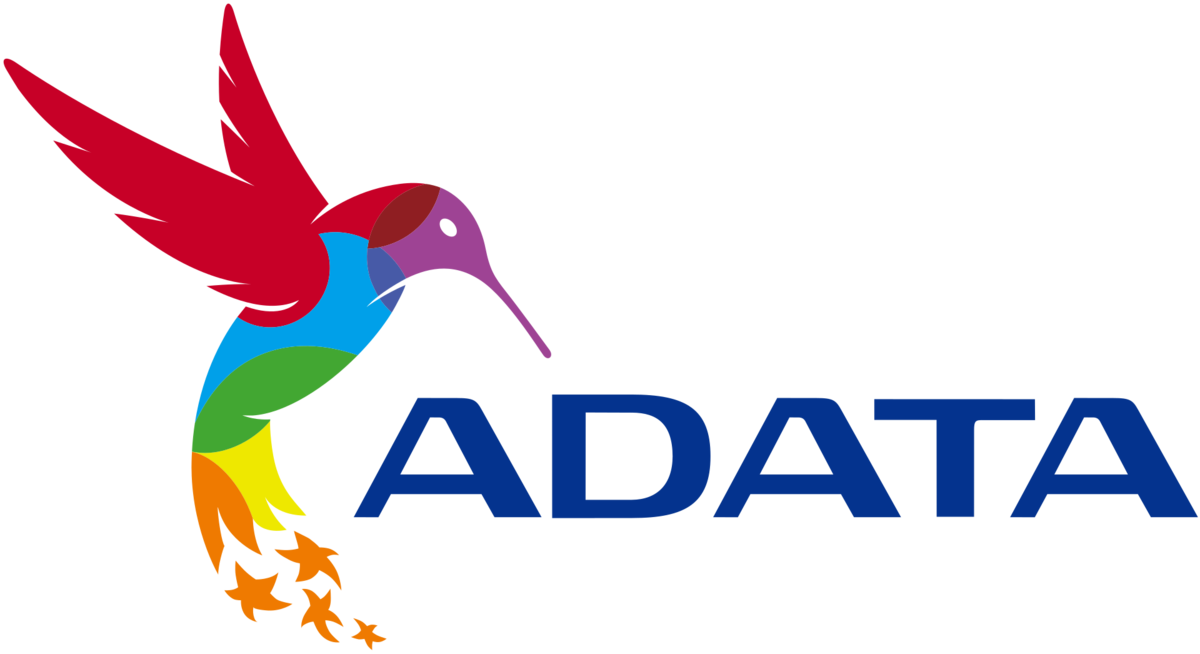

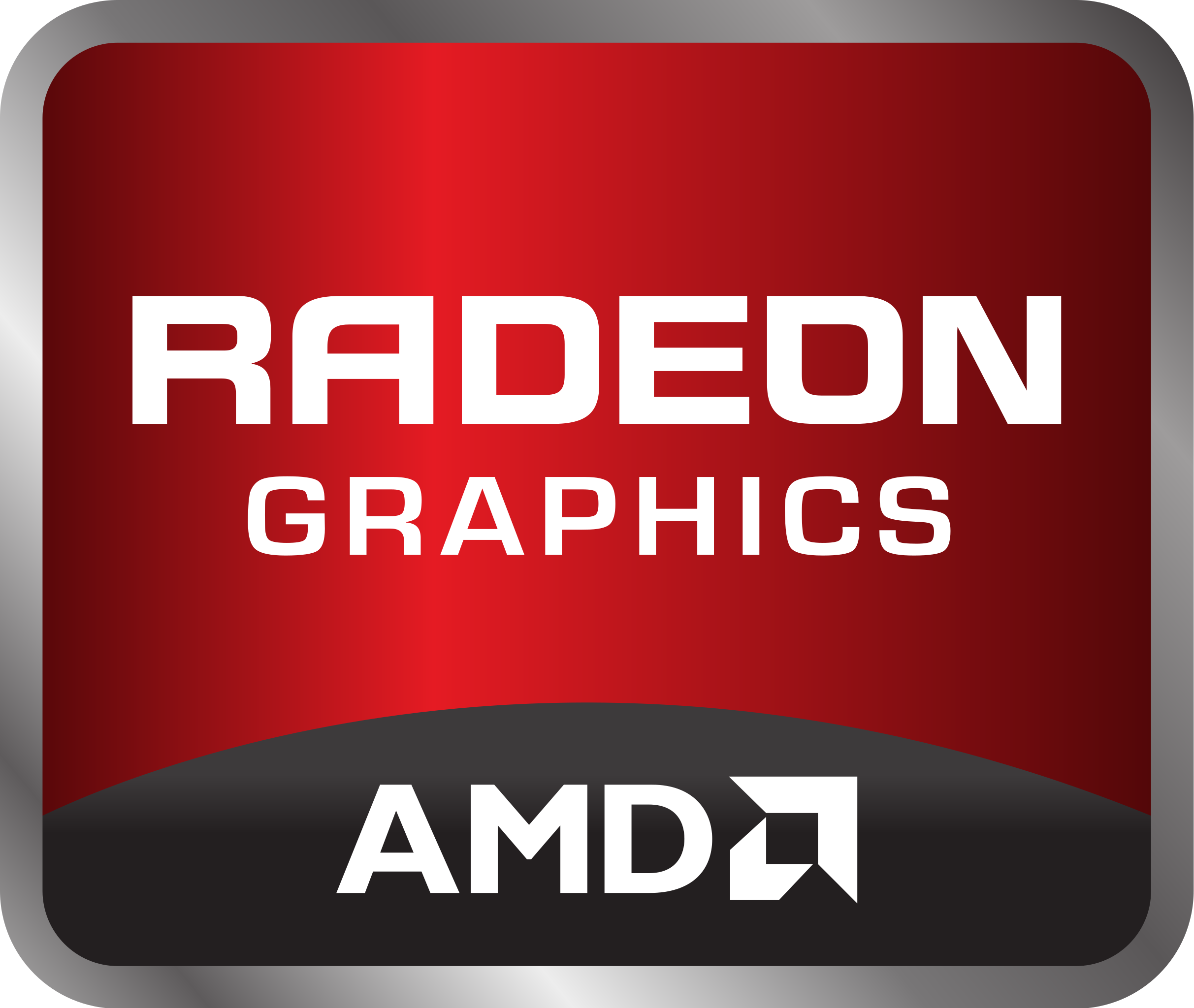
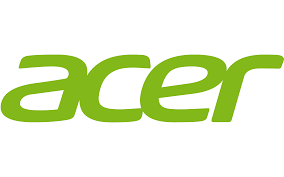







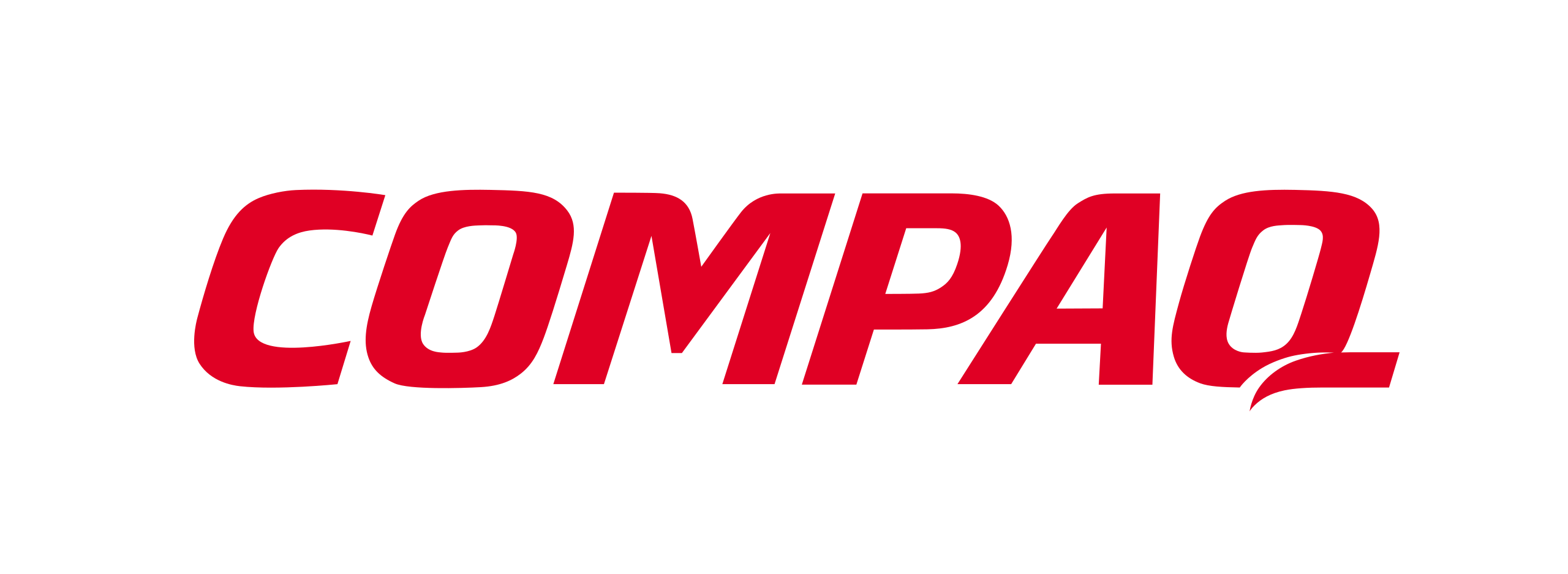

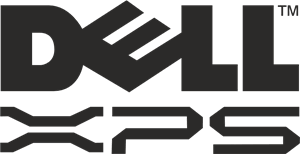
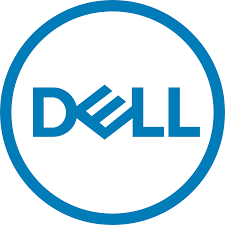





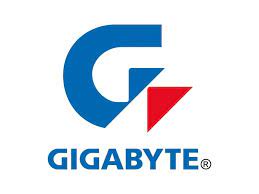






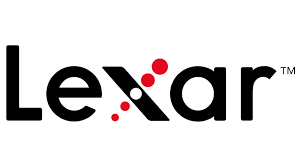
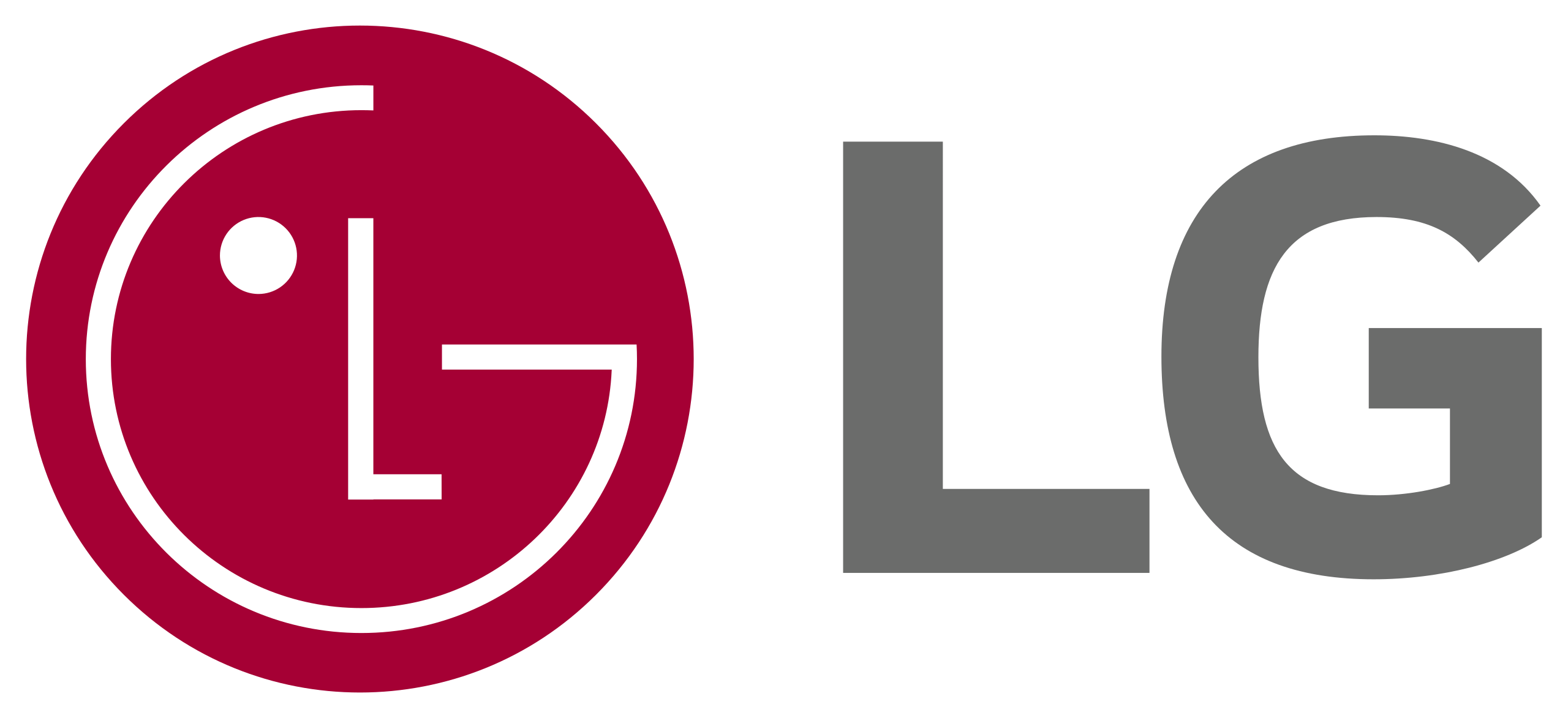
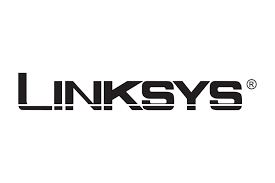







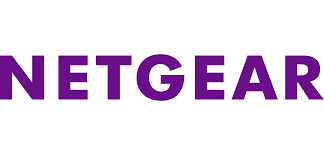




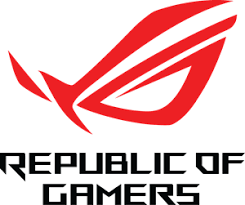






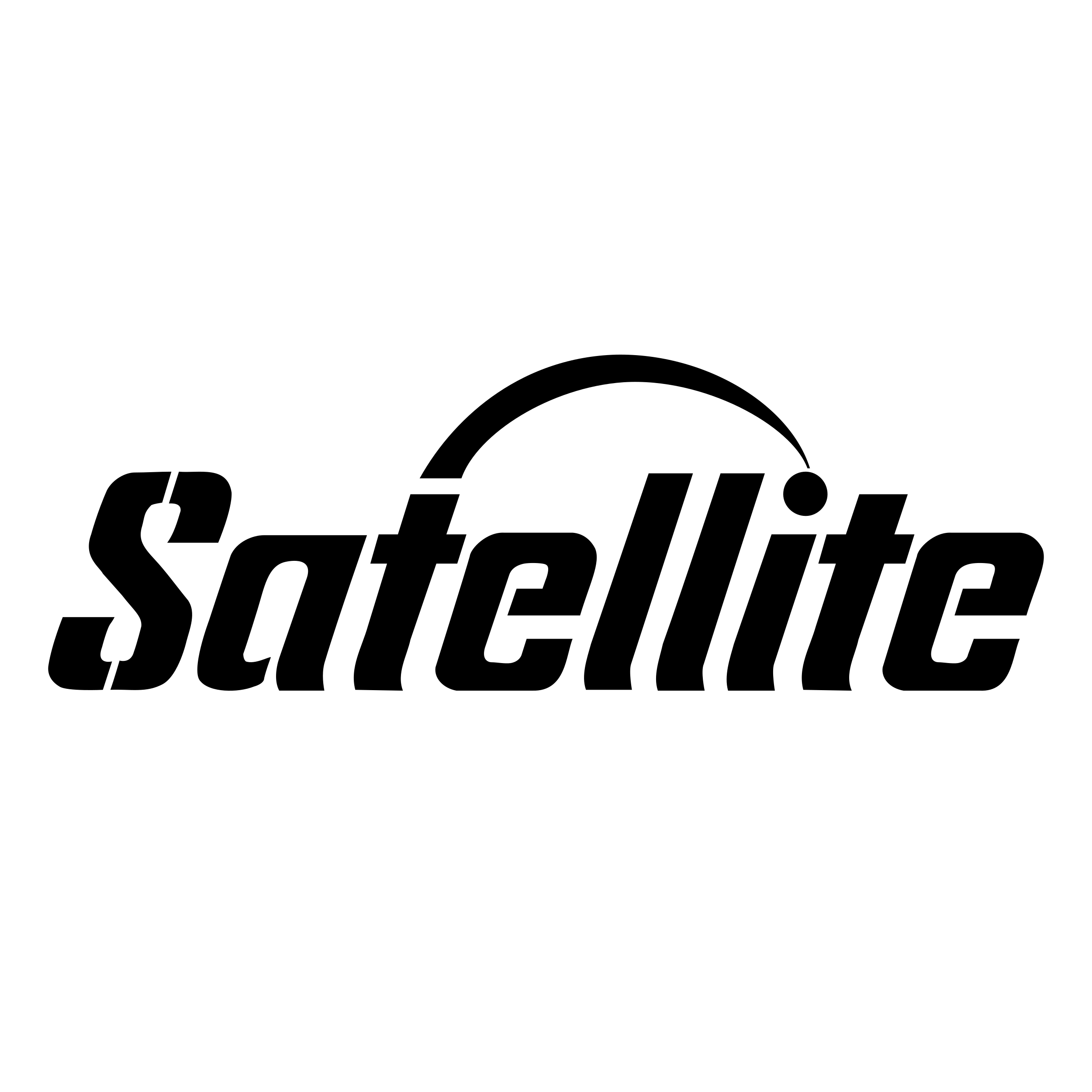










If I join star link via Telstra, as an existing Telstra subscriber for all services, do I still have to pay aTelstra account?
If you choose to add Telstra’s Satellite Internet service powered by Starlink to your existing Telstra account, you will receive a separate monthly charge of $125 for the satellite service. The Starlink Standard Kit required for this service is available for a one-time upfront fee of $599.
As an existing Telstra customer, all your services, including the new satellite internet, will be consolidated under your Telstra account. It’s important to note that once you’re satisfied with your new satellite service, you should contact Telstra to cancel any previous internet plans to avoid being billed for multiple services simultaneously.
In summary, while your Telstra account will encompass all your services, the Satellite Internet powered by Starlink will incur its own specific charges in addition to any existing services you maintain.